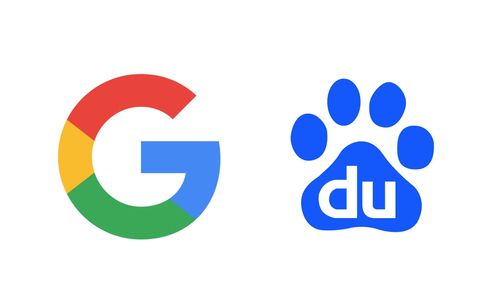Understanding Google Ads: A Comprehensive Guide

Google Ads, formerly known as Google AdWords, is a powerful online advertising platform that allows businesses to promote their products and services to a vast audience. By leveraging the capabilities of Google Ads, you can reach potential customers at the exact moment they are searching for what you offer. In this detailed guide, we will explore the various aspects of Google Ads, from setting up your campaign to measuring its success.
Creating Your Google Ads Account

To get started with Google Ads, you need to create an account. Here’s a step-by-step process to help you set up your account:
- Visit the Google Ads website and click on “Start now.”
- Sign in with your Google account or create a new one.
- Enter your business information, including your business name, address, and phone number.
- Select your business type and industry.
- Choose your payment method and budget.
- Review and agree to the terms and conditions.
Setting Up Your Campaign

Once your account is set up, you can start creating your campaign. Here are the key components of a Google Ads campaign:
| Component | Description |
|---|---|
| Campaign | The overall strategy for your advertising efforts, including your goals and budget. |
| Ad Group | A collection of ads that share a common theme, such as a product or service. |
| Ads | The actual text, image, or video content that appears to users when they search for your keywords. |
| Keywords | Words or phrases that trigger your ads to appear when users search for them. |
Choosing Your Campaign Type
Google Ads offers various campaign types, each designed to help you achieve specific goals. Here are some of the most common types:
- Search Campaigns: Appear in Google search results when users search for your keywords.
- Display Campaigns: Appear on websites and apps that are part of the Google Display Network.
- Shopping Campaigns: Show your products to users who are searching for items like yours.
- Video Campaigns: Promote your brand or products through YouTube videos.
Writing Effective Ads
Your ads are the face of your campaign, so it’s crucial to create compelling and relevant content. Here are some tips for writing effective ads:
- Use clear, concise language.
- Highlight the benefits of your product or service.
- Include a strong call-to-action (CTA), such as “Buy now” or “Learn more.”
- Use keywords naturally in your ad text.
Setting Your Budget and Bidding Strategy
Your budget and bidding strategy will determine how much you pay for each click on your ads. Here are some key considerations:
- Budget: Set a daily or monthly budget for your campaign.
- Bidding Strategy: Choose a bidding strategy that aligns with your goals, such as manual CPC (cost-per-click) or automated bidding.
- Targeting: Use targeting options to reach the right audience, such as location, age, and interests.
Measuring Your Campaign’s Performance
Tracking your campaign’s performance is essential to understand its effectiveness and make data-driven decisions. Here are some key metrics to monitor:
- Click-Through Rate (CTR): The percentage of users who clicked on your ad after seeing it.
- Conversion Rate: The percentage of users who completed a desired action, such as making a purchase or filling out a form.
- Cost Per Conversion: The average cost per conversion, which can help



